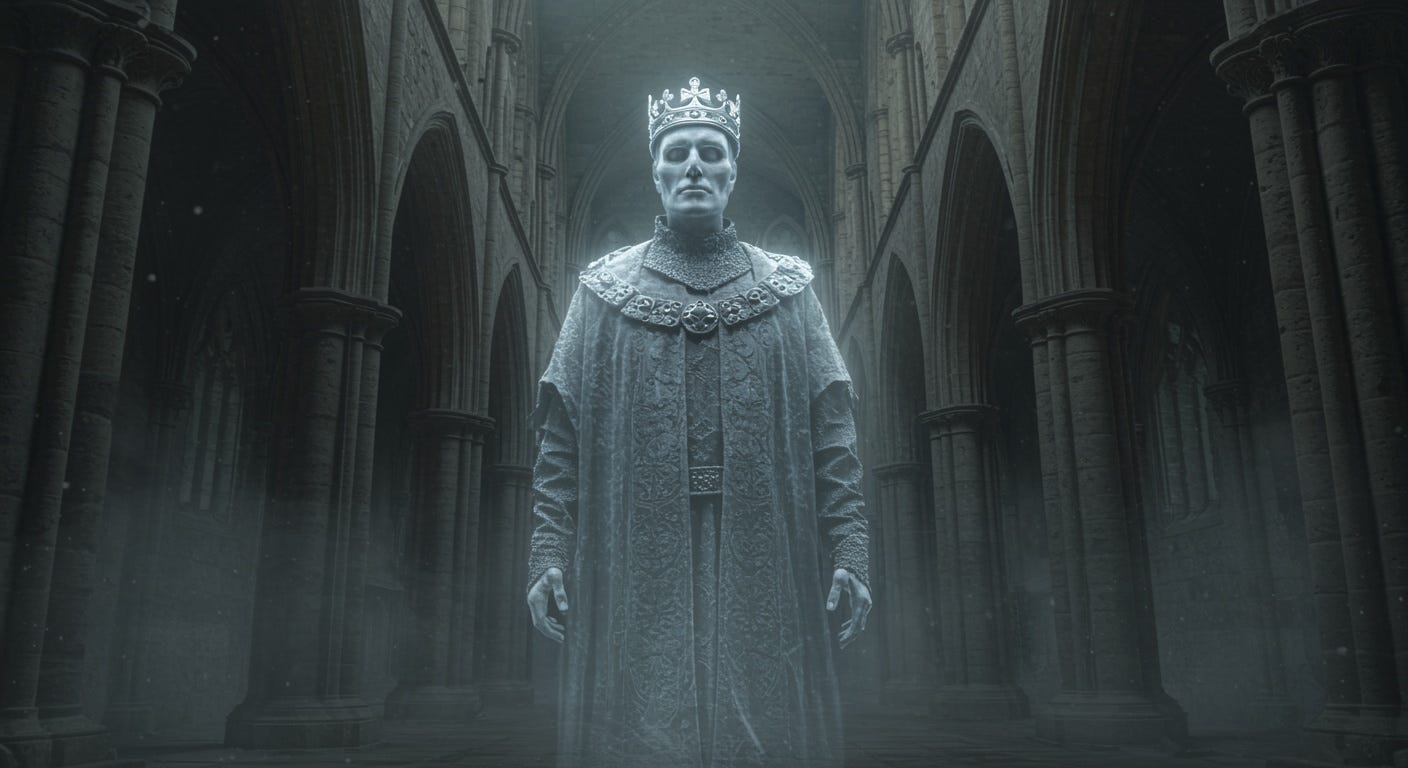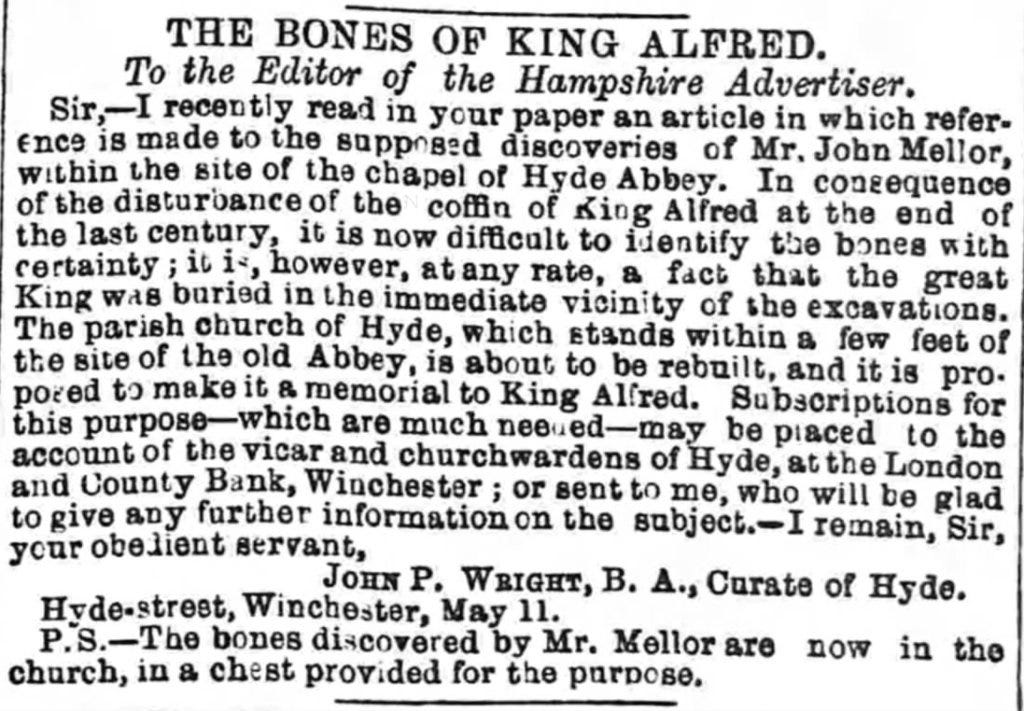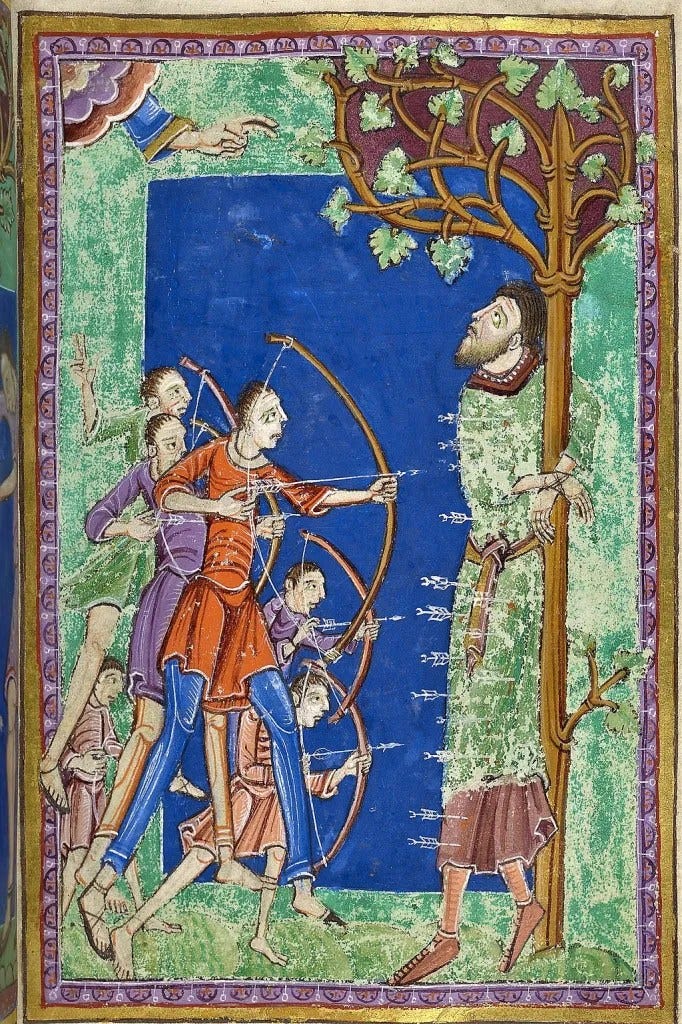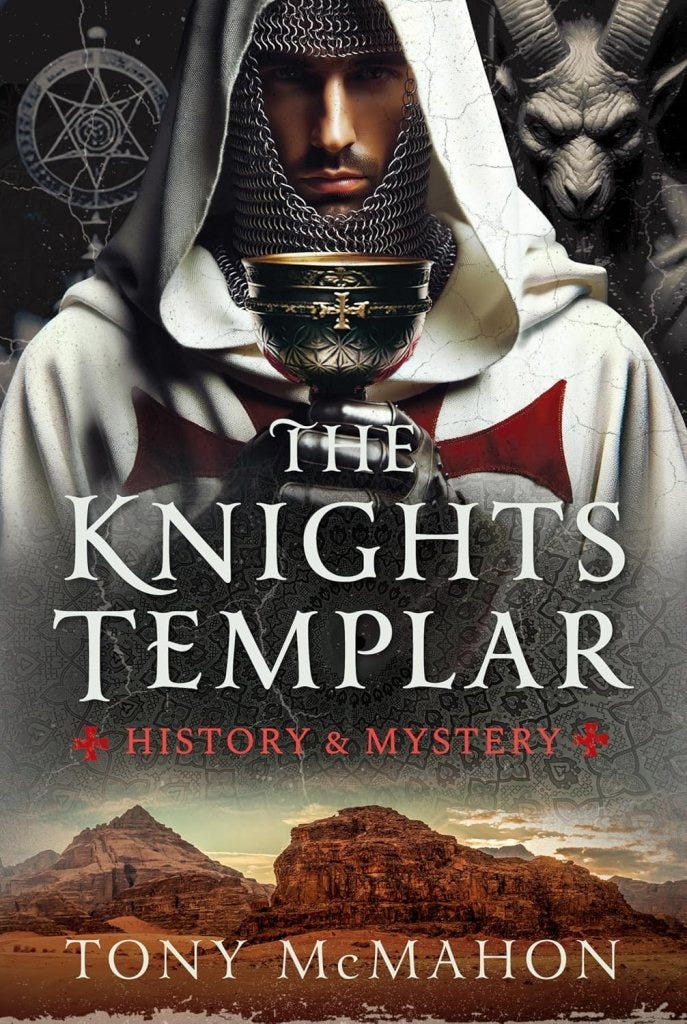English kings whose bodies have vanished
How can these royal remains have disappeared off the face of the Earth?
Greetings Gold and Silver Level Templar Knights! You might think that we know where every King and Queen of England is buried. But prepare to be shocked. Because we don’t. Read on!
The bodies of several English kings - including some who are very well known - have disappeared. They have vanished. So, what has happened to the remains of King Alfred the Great, King Harold who died at the Battle of Hastings, King Henry I, King Stephen, and as late as the 17th century, King James II. All these kings have seen their bodies go missing. Let's investigate!
Where is King Alfred the Great?
English schoolchildren were told the story of King Alfred and the burned cakes for centuries. The rather implausible tale has the Saxon king on the run from the Vikings in the 9th century CE. He holes up in the cottage of a peasant woman who asks her royal visitor to keep an eye on some cakes that are baking over a fire, while she pops out. Consumed with thoughts of the Vikings, he lets the cakes burn. When the woman returns, she scolds him.
In real life, Alfred was a Saxon king who improved the defence of his realm against Viking attacks and implemented much needed reforms. When Alfred died, he was buried in the city of Winchester, which was his capital. But the 7th century church holding his remains was demolished and replaced in the 10th century. Alfred's son, King Edward the Elder, had his father exhumed and reburied. But he would not rest for long.
After the Norman invasion of England in 1066, Alfred was on the move again as a new cathedral was constructed and the Benedictine monks who had occupied the site were relocated to Hyde Abbey, outside the city walls. The remains of King Alfred, his queen, and his son Edward, went with the monks. They created a royal vault in the abbey's choir, before the high altar.
Just under five hundred years later, and along came the Protestant Reformation. In 1538, Hyde Abbey was shut down and the monks were kicked out. The abbey was gradually demolished and only a garden remains today. My research in newspapers from the 18th and 19th centuries shows that in 1798, a certain Mr Page, rifled the royal tombs of all valuables leaving the skeletons "coffinless and dishonoured". He even sold the lead from the coffins.
Step forward the Victorians, and in 1866, an archaeologist, John Mellor, claimed to have discovered Alfred's bones. A little brick vault was created for them in St Bartholomew's churchyard. Below is a letter to The Hampshire Advertiser (16 May, 1868) confirming the king had been located. However, more recent scientific testing has suggested that the bones date from way after the death of King Alfred.
Edmund - saint, king, and missing body
In the 9th century CE, Edmund was king of East Anglia and, like Alfred, had to fight the Vikings. Only he lost. At this time, the Vikings were still worshipping their old Gods while Edmund and his Saxon kingdom were Christians. So, when the Vikings put Edmund to death in a very brutal manner, he became a martyr in the eyes of the church. And he was later declared a saint. Here are two medieval depictions of how he met his death.
Initially, he was buried near to where he was killed. But then his body was taken to the Saxon town of Beodericsworth, which was later renamed, Bury St Edmunds. The remains were placed in a shrine within the Abbey, which became a major pilgrimage site. Indeed, Edmund was the most revered saint in England during the Middle Ages, way ahead of Saint George - who didn't even come from England. Yet George eventually supplanted Edmund as the country's patron saint.
Edmund's body went missing when the abbey at Bury St Edmunds fell victim to the Protestant Reformation in the 16th century. Some believe his remains were taken to France while others think the departing monks buried him in another plot nearby, which is now under a tennis court.
Henry I - a harsh but effective ruler who has gone missing
The Normans invaded England in 1066 and William the Conqueror became the first Norman king. He was succeeded by his son, another William, killed in a very suspicious hunting incident. Then the crown passed to his brother, Henry, in 1100. He proved to be a brutally effective ruler and when he died, his body was placed in Reading Abbey, which he had founded.
Today, Reading is a rather nondescript white-collar commuter town on the outskirts of London. Hard to believe it was once a centre of royal and ecclesiastical power. When the Protestant Reformation came, five hundred years later, the last prior of the abbey - Hugh Cook - tried to resist and as a result, was hanged, drawn, and quartered. This was a very brutal and prolonged form of execution. As for Henry's remains, they are either under the abbey ruins, still visible today, or the car park of the nearby prison.
King Stephen's body tossed in a river
When Henry died, there was a succession crisis. His only legitimate son and heir, William Adelin, drowned when the White Ship sank in the English Channel. This left Henry's daughter Matilda as the rightful claimant to the throne but much of the nobility wasn't amenable to having a queen. They wanted a king. And so Henry's nephew, Stephen, seized the throne. But Matilda was made of stern stuff and civil war broke out - known as the Great Anarchy - leading to an agreement where Stephen could rule but Matilda's son would be king on his death.
When Stephen died, his body - along with that of his wife, another Matilda - was buried at Faversham Abbey. Their son Eustace, was also interred there. Again, the Protestant Reformation, arrived and the abbey was closed and demolished. It's believed that the three skeletons were tossed into a nearby creek. As for their ornate tombs, the stonework was used by the local nobility. In 1965, archaeologists dug in vain to find Stephen but all that remained was a pit with nothing in it.
Princes in the Tower
Fast forward to the turbulent 15th century and we have the Wars of the Roses between the Houses of York and Lancaster. The Yorkist king Edward IV died in 1483 and by right, the crown should have gone to his son - another Edward. But he was only 13 years of age and maybe there was some unease at having a teenage monarch when the Lancastrians were still menacing.
In one of the most savage acts of the Middle Ages, Edward and his brother Richard were put under protective custody in the Tower of London, which doubled as a palace and prison, by their uncle - also called Richard. Then they both vanished in July 1483. Most historians assume that Uncle Richard - who then became King Richard III - had them murdered. But there is a vocal cohort of so-called 'Ricardians' who deny that Richard was the killer.
Whatever the truth, Edward and Richard - known as 'the Princes in the Tower' - very definitely ceased to be. And their bodies were never produced for burial. In 1674, nearly two centuries later, skeletal remains were found in a box beneath a staircase. The skeletons were immediately identified as those of the Princes in the Tower, Edward V and Richard, Duke of York, who had mysteriously disappeared in 1483.
King Charles II ordered that the skeletons be reinterred in Westminster Abbey, where they were placed in a white marble sarcophagus designed by Sir Christopher Wren. The identity of the skeletons, while widely accepted at the time, has been debated ever since, and the exact circumstances of their deaths remain a topic of historical speculation.
James II - last king of England whose body has disappeared
The English kings mentioned above whose bodies have disappeared are from the medieval period. But, unusually, there is one relatively recent monarch whose remains have gone missing: King James II. His brother, Charles II (mentioned above), had restored the monarchy after the republican experiment of Oliver Cromwell. James was crowned on the death of Charles in 1685 and proved to be a disaster.
Charles had gritted his teeth and conceded that England and Scotland wanted a king that respected the role of parliament - what is termed a constitutional monarchy. James, on the other hand, aspired to rule like Louis XIV in France, who had absolute power. Worse, he openly espoused the Roman Catholic faith. As you have read above, England had embraced the Protestant religion and removed Roman Catholicism in all its manifestations - including the country's priories and monasteries.
A furious Protestant English aristocracy removed James, forcing him to flee to the continent, and put the crown on the head of a Dutch prince, William III. James went to live in France, under the protection of Louis, and died in 1701. In the style of a medieval monarch, his body was then dismembered with bits sent to different destinations: convents and churches. But most of James was placed in three coffins, made of wood and lead, and kept above ground at a Parisian church in the hope that one day, he would be interred at Westminster Abbey in London.
Unfortunately for James, along came the French Revolution a few decades later. In 1793 or 1794, a group of revolutionaries prized the coffin open to melt down its lead content for bullets. It was very common for royal graves to be desecrated during the revolution, as they had just overthrown the king and declared a republic. One witness account says that James was remarkably well preserved - even "beautiful", it was claimed. One person present manipulated his fingers and eyeballs, which were in perfect working order. However, once the revolutionaries had finished with their ghoulish fun, they buried James in a pit. His whereabouts today are unknown.
Those, then, are some of the English kings whose bodies have disappeared. If you know of any more - do tell!
If you would like to know more about the Knights Templar, then get your hands on a copy of my book: The Knights Templar – History & Mystery. Published by Pen & Sword and available on Amazon, Waterstones, Barnes & Noble, and WHSmith. Don’t miss out on your copy!









